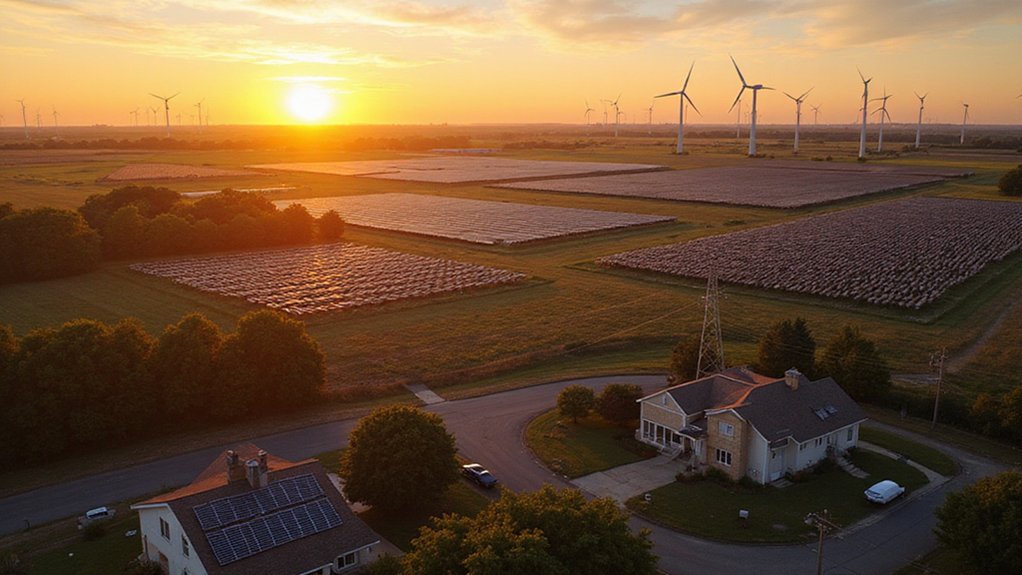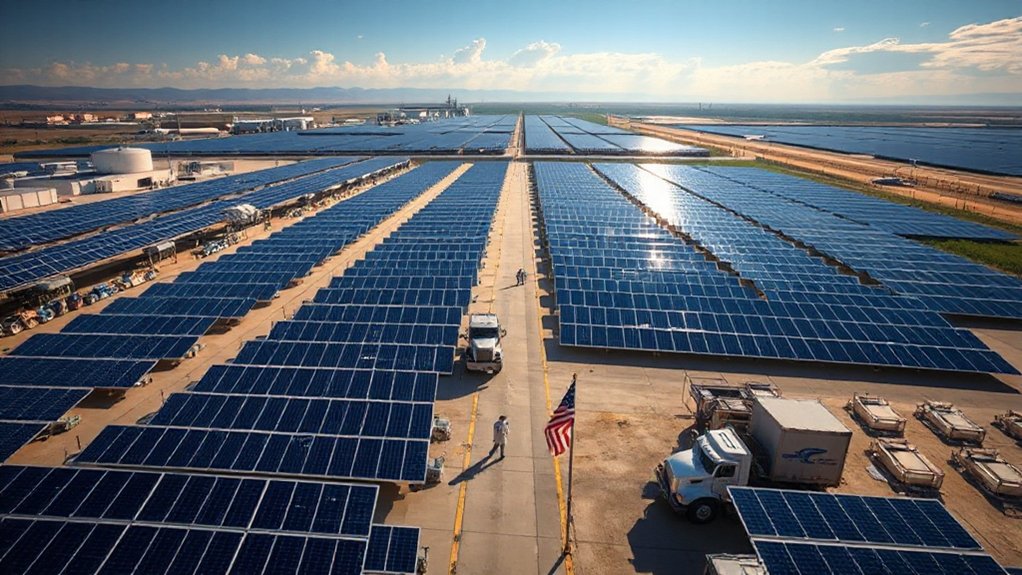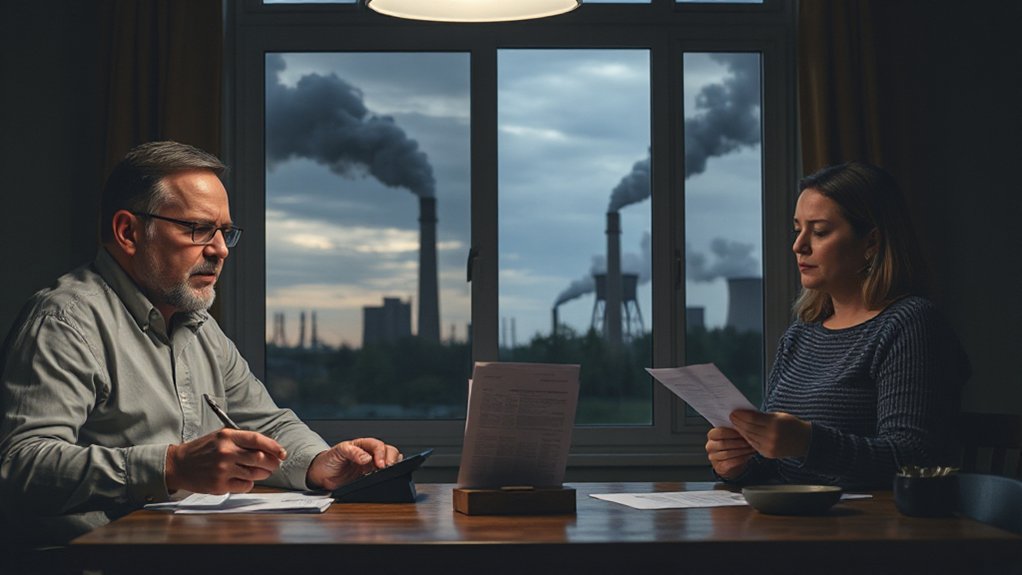Geothermal energy isn’t the endless green dream many think it is. These power plants can trigger minor earthquakes, deplete groundwater, and release nasty gases like sulfur dioxide into the air. The kicker? They’re incredibly picky about location – only working in specific geological hotspots. Even when you find the right spot, drilling costs millions with zero guarantees of success. Some fields lose steam after just 20-30 years, requiring constant maintenance and fluid injection. Looks like Mother Earth’s unlimited power has some serious limits.

While geothermal energy sounds like the perfect renewable solution on paper, the reality is messier than a mud volcano. Those pristine-looking power plants actually release sulfur dioxide and carbon dioxide into the atmosphere. Dry steam plants are among the most common types used to harness underground heat for power generation.
And let’s talk about the elephant in the room – they can literally shake the ground beneath our feet, causing minor earthquakes that make local residents wonder if their morning coffee will stay in the cup.
The water situation isn’t exactly a walk in the park either. These plants are thirsty beasts, gulping down massive amounts of water for cooling and steam generation. In arid regions, they’re basically competing with farmers and cities for precious water resources. In fact, only seven US states currently operate geothermal facilities due to these resource constraints.
These geothermal behemoths are water-hungry giants, slurping up resources that farmers and cities desperately need to survive.
Some areas have seen their groundwater resources dwindle faster than a pizza at a teenage party.
Location is everything in real estate, and geothermal energy is just as picky. You can’t just plop these facilities anywhere you please – they need to be near tectonic plate boundaries or other geologically active areas. This fact was well understood by Ancient Greeks and Romans, who strategically built their famous baths near natural hot springs.
This geographic limitation means some regions are left out in the cold, literally and figuratively.
The financial picture isn’t exactly rosy. Drilling deep wells costs more than a small fortune – we’re talking millions per hole.
And here’s the kicker: there’s no guarantee you’ll strike geothermal gold. It’s like playing a very expensive game of underground roulette.
Over time, these supposedly renewable resources can actually get depleted. Some geothermal fields start losing steam after 20-30 years, requiring constant fluid reinjection just to keep the lights on.
The equipment takes a beating too, with mineral-rich fluids turning pipes into corroded Swiss cheese.
To top it all off, these projects sometimes clash with indigenous land rights and local communities. Nobody’s thrilled about the constant noise, the occasional rotten-egg smell from hydrogen sulfide emissions, or the industrial-sized facilities sprouting up in their backyards.
It’s a classic case of renewable energy meeting real-world complications, proving that even the cleanest energy sources come with their own dirty laundry.









